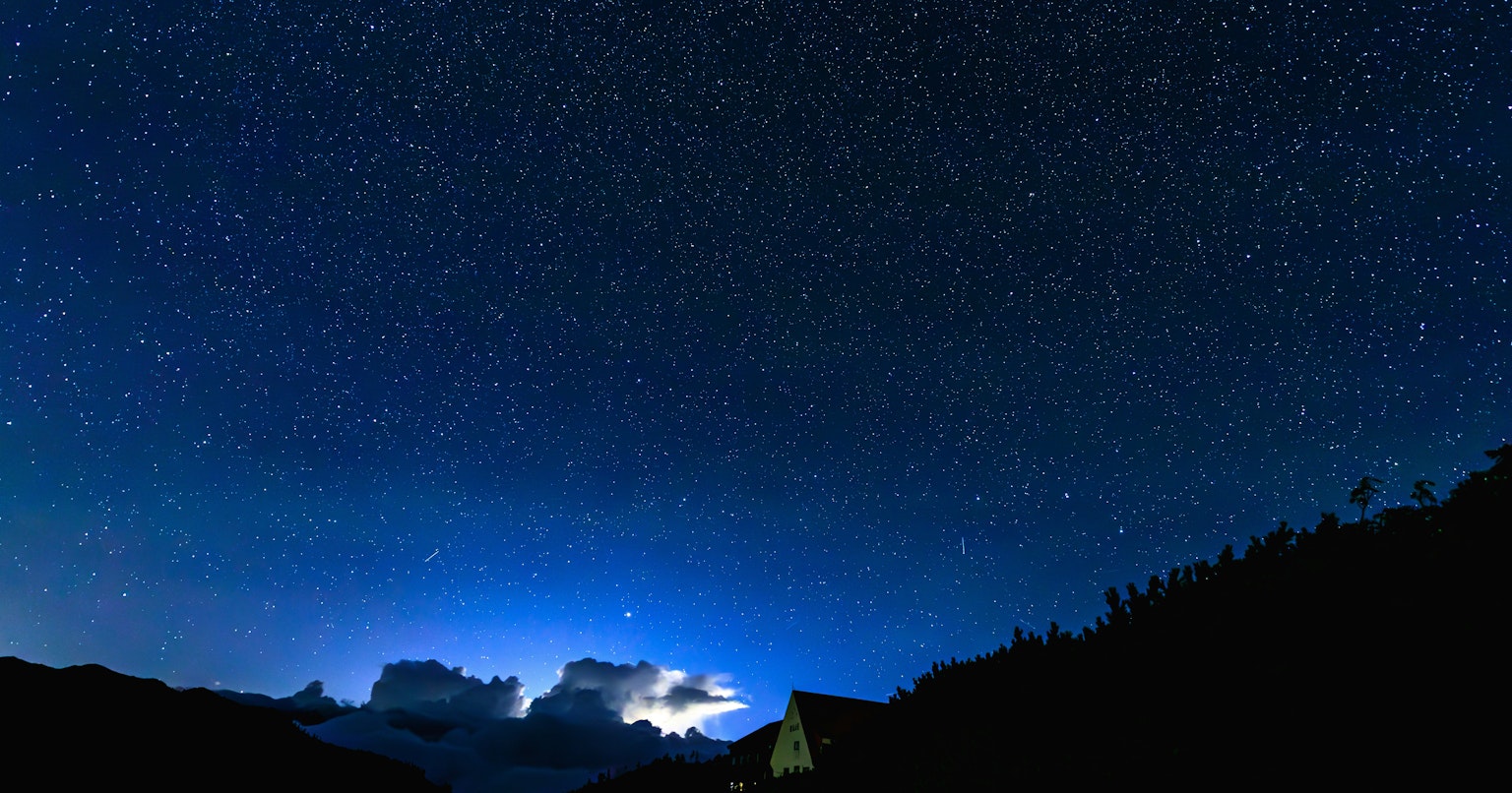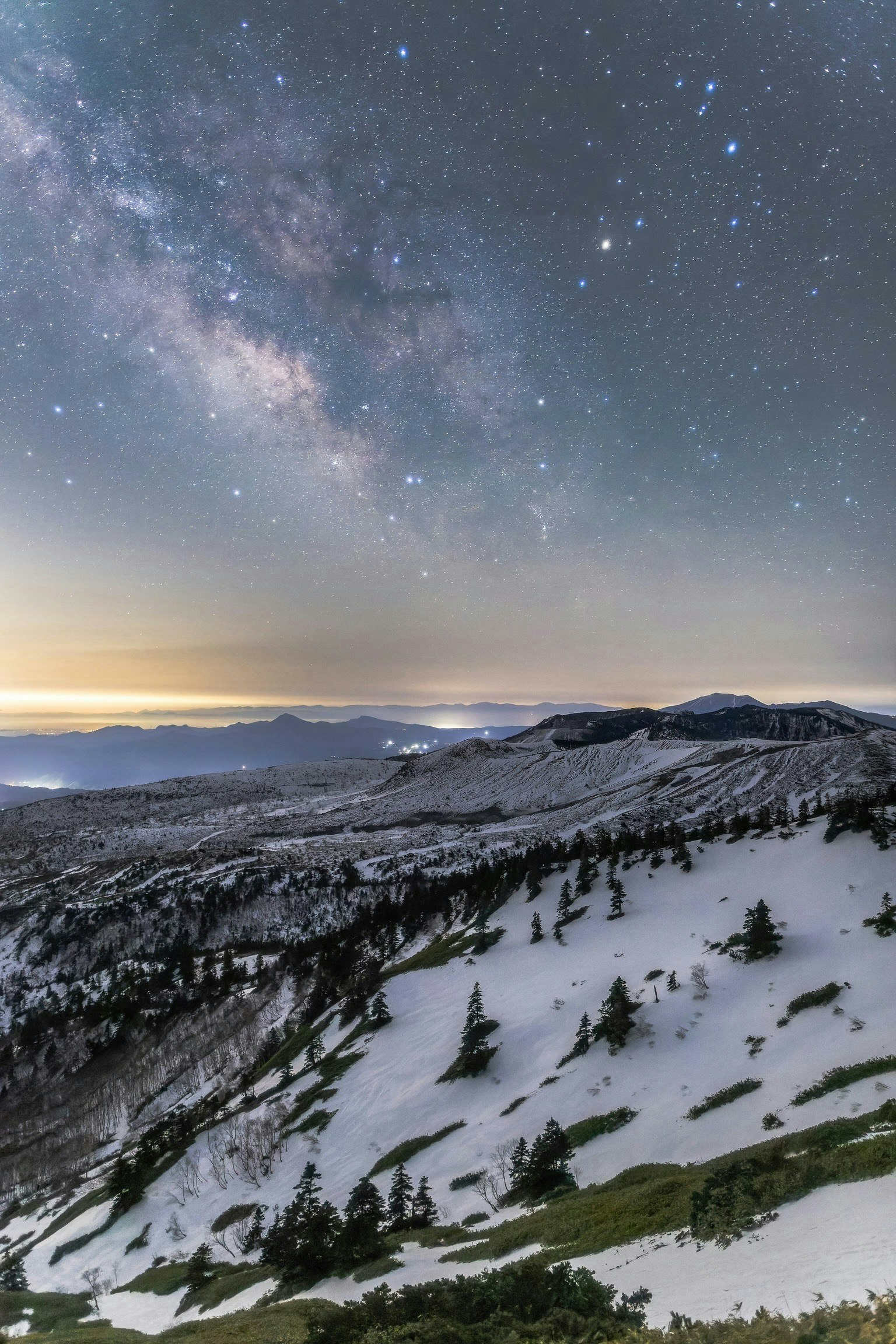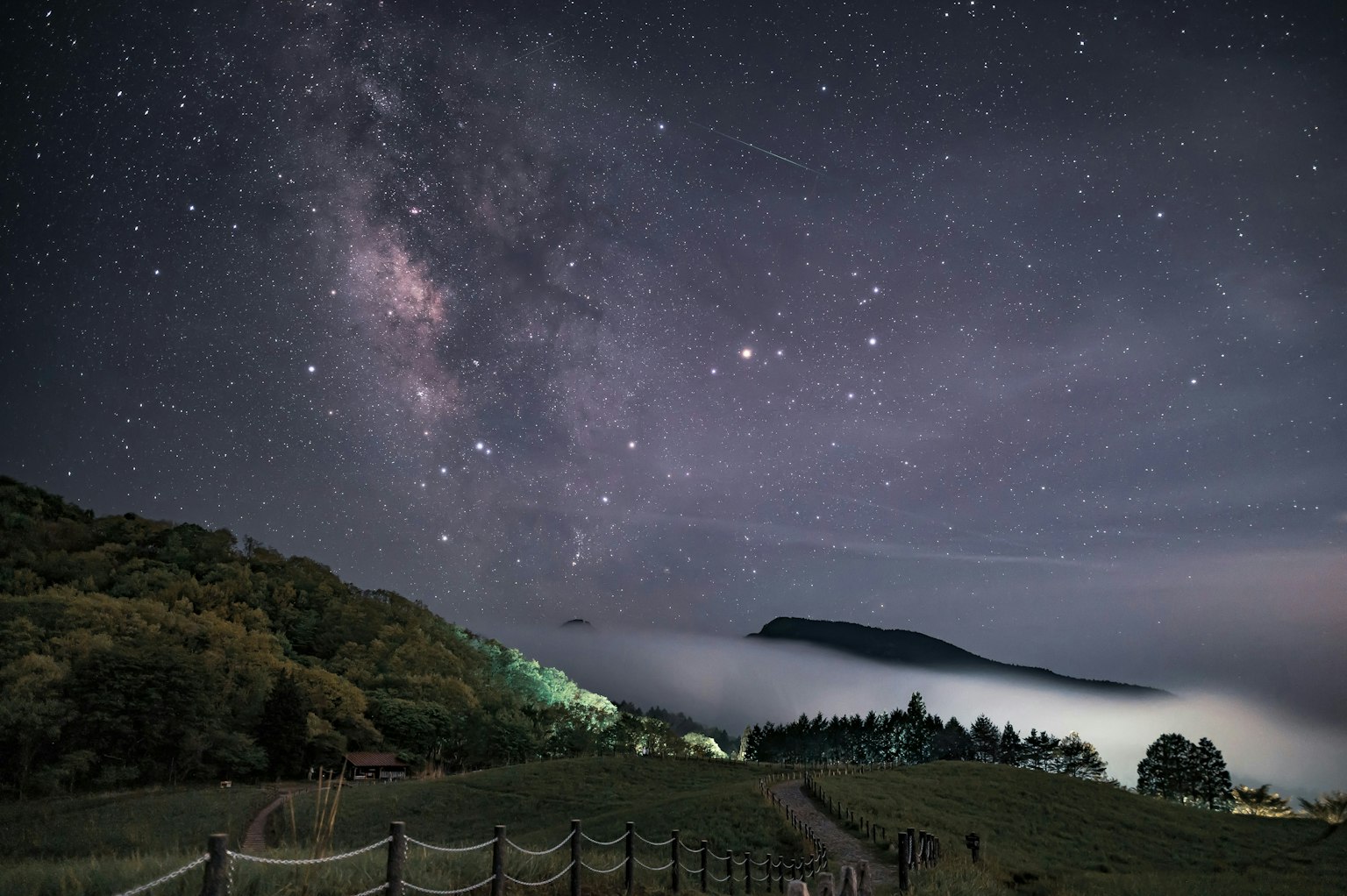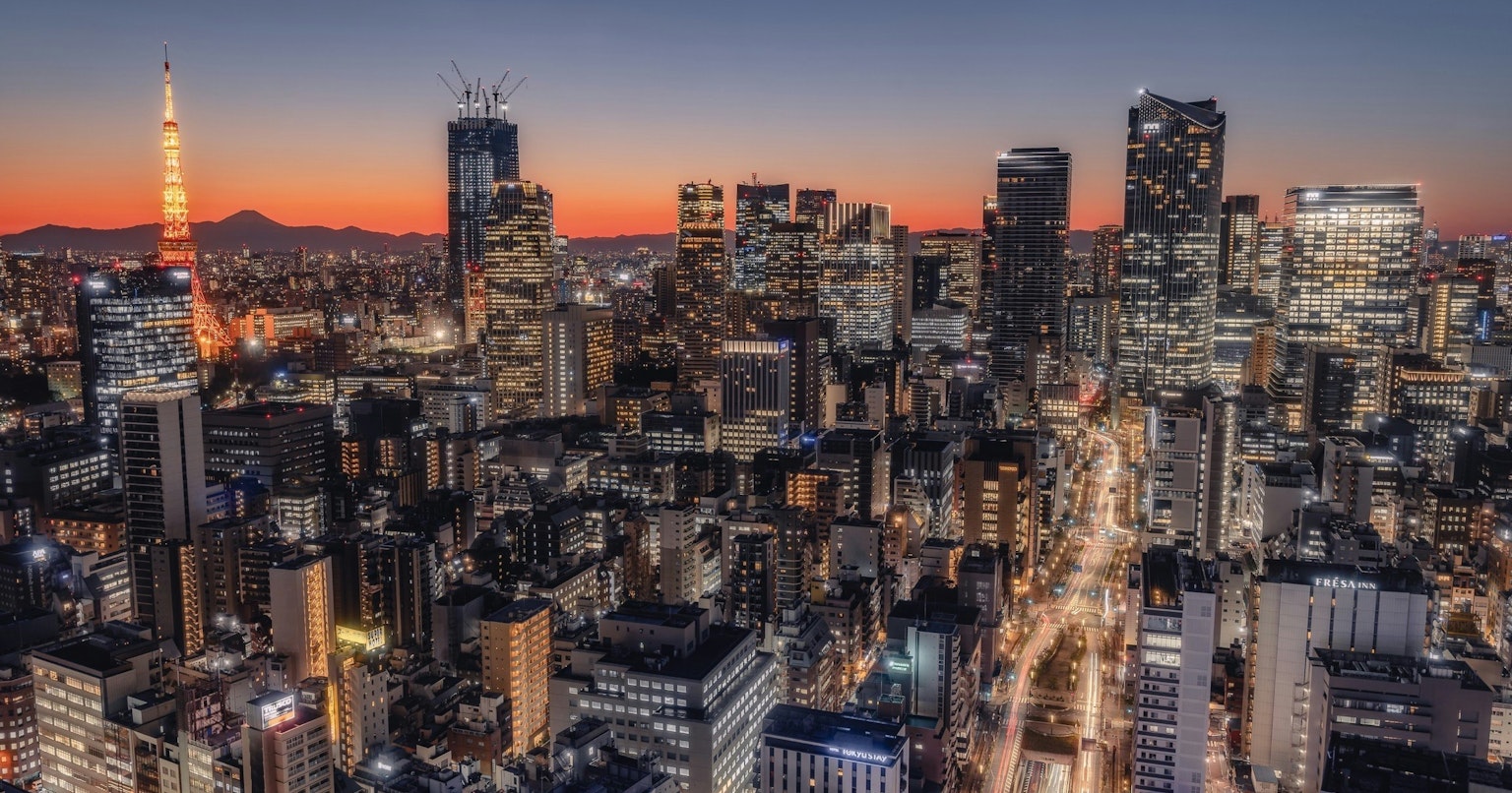How to Beautifully Capture the Night Sky: Photography and Photoshop Editing | Knowledge #93

Cover photo by あおねこ
Capturing the night sky is a captivating genre of photography that everyone wants to try at least once. However, simply pointing your camera at the sky doesn't easily capture its beauty. This time, we explain techniques for beautifully capturing the night sky and specific editing methods using .

Photo by tatsumi
Preparing Your Camera and Gear for Night Sky Photography
The first important step in night sky photography is selecting the optimal camera equipment. Digital SLRs (DSLRs) and mirrorless cameras are excellent for low-light environments. Cameras with full-frame sensors are particularly effective for high-sensitivity shooting while minimizing noise.
Choosing the right lens is also crucial, with wide-angle lenses (focal length below 24mm) being common for capturing a broad expanse of the sky. Selecting lenses with a low F-number (below F2.8) allows more light to be captured.
Additionally, a tripod is essential for long exposures to keep the camera stable. Using a remote shutter or timer release can prevent vibrations when pressing the shutter button. Don't forget to bring spare batteries, especially when shooting in cold environments.
Camera Settings for Capturing the Night Sky
To capture beautiful photos of the night sky, camera settings are crucial. It is generally recommended to shoot in manual mode (M mode).
Set the ISO sensitivity between 1600 and 3200, and aim for a shutter speed of 15 to 30 seconds. Be cautious, as a shutter speed that's too long will cause stars to trail. Set the aperture between F2.8 and F4 to capture as much light as possible.
While it's common to set the focus to infinity, using live view to manually focus on stars can yield sharper images. Manual white balance settings often yield better results than auto, with a color temperature range of 3200K to 4500K providing a natural representation of the night sky's colors.

Photo by Hide
Editing Tips in Photoshop
After shooting, the next step is editing in . Follow these steps to enhance your backlit photos.
First, open the RAW file and make basic adjustments to exposure, contrast, and shadows using the Camera Raw filter. At this stage, adjust brightness and color to make the night sky stand out.
Next, apply noise reduction to minimize unwanted noise, which is especially effective when shooting at high ISO sensitivity. You can also use layer masks to edit specific areas, such as emphasizing stars or adjusting the background darkness to balance the overall photo.
Finally, perform color correction to vividly and naturally express the colors of the stars. Fine-tune hue and saturation to harmonize the overall color tone, maximizing the mystical atmosphere of the night sky.



